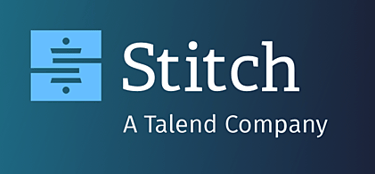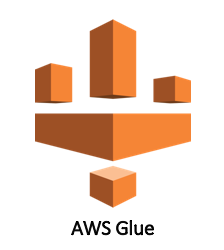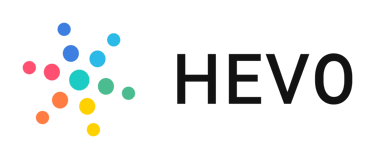





ETL


Extract, Transform, and Load Explained
In today's data-driven world, businesses rely on seamless data integration to make informed decisions, optimize operations, and gain a competitive edge. At the heart of this process lies ETL, which stands for Extract, Transform, and Load. This proven methodology efficiently brings together data from multiple disparate sources into a unified, consistent data store. From there, the processed data is loaded into an output container, such as a Data Warehouse, data lake, or analytics platform, enabling powerful querying, reporting, and business intelligence.
Whether you're managing customer records from CRM systems, transaction logs from e-commerce platforms, or sensor data from IoT devices, ETL ensures your information is accurate, accessible, and ready for action. In this comprehensive guide, we'll dive deep into what ETL means, how it works, its key benefits, and why partnering with experts can streamline your data pipeline. Plus, we'll explore the advanced tools we use to handle your ETL needs effortlessly.
What is ETL? Breaking Down Extract, Transform, and Load
ETL (Extract, Transform, Load) is a foundational process in data integration and data warehousing. It addresses the challenges of working with siloed data across various systems, formats, and locations. Here's a step-by-step breakdown:
Extract: This initial phase involves pulling raw data from diverse sources. These could include databases (like SQL Server, MySQL, or PostgreSQL), cloud applications (Salesforce, Google Analytics, or HubSpot), flat files (CSV, JSON), APIs, or even legacy systems. The goal is to gather all relevant data without disrupting source operations.
Transform: Once extracted, data often needs cleaning, standardization, and enrichment to ensure quality and usability. Transformations may include:
Removing duplicates or handling missing values
Converting data types (e.g., strings to dates)
Applying business rules, aggregations, or calculations
Joining datasets from multiple sources
Filtering out irrelevant information This step turns raw, messy data into structured, reliable insights.
Load: The final stage pushes the transformed data into a target destination. Common targets include:
Data Warehouses (e.g., Amazon Redshift, Snowflake, Google BigQuery)
Data lakes for big data storage
Analytical databases or BI tools (Tableau, Power BI) Loading can be done in batches (scheduled intervals) or in real-time for streaming data needs.
By following ETL best practices, organizations create a single source of truth that powers everything from dashboards to machine learning models.
Why ETL Data Integration Matters for Your Business
Effective ETL processes are essential for modern enterprises. Here are some key advantages:
Improved Data Quality: Eliminates inconsistencies, ensuring trustworthy analytics.
Scalability: Handles growing data volumes without performance hits.
Compliance and Security: Applies governance rules during transformation to meet regulations like GDPR or HIPAA.
Cost Efficiency: Automates manual tasks, reducing errors and labor costs.
Faster Insights: Enables real-time or near-real-time decision-making.
Without a robust ETL strategy, companies risk data silos, inaccurate reporting, and missed opportunities. That's why investing in professional ETL services is a game-changer.
Common ETL Challenges and How to Overcome Them
While powerful, ETL isn't without hurdles:
Data Volume and Velocity: Big data can overwhelm traditional tools.
Complex Transformations: Custom logic requires expertise.
Integration with Cloud Services: Migrating on-premise data to AWS, Azure, or GCP.
Monitoring and Error Handling: Ensuring pipelines run smoothly 24/7.
Professional solutions mitigate these with automated workflows, error logging, and scalable infrastructure.
We Handle Your ETL Process with Cutting-Edge Tools
At Datrick, we specialize in end-to-end ETL data integration. Our experts manage the entire pipeline so you can focus on what matters—deriving value from your data.
We leverage industry-leading tools to deliver reliable, efficient results:
Stitch (by Talend): A user-friendly, cloud-based platform for quick integrations with over 140 sources. Ideal for no-code ETL and rapid deployment.
KNIME: An open-source analytics platform perfect for visual workflows, data blending, and advanced transformations using drag-and-drop interfaces.
AWS Glue: A fully managed serverless ETL service from Amazon Web Services. It auto-discovers schemas, generates code, and scales effortlessly for big data jobs in the cloud.
Whether you need simple replications or complex data warehouse builds, our team customizes solutions to fit your stack. We ensure minimal downtime, high performance, and seamless loading into your preferred output container.
